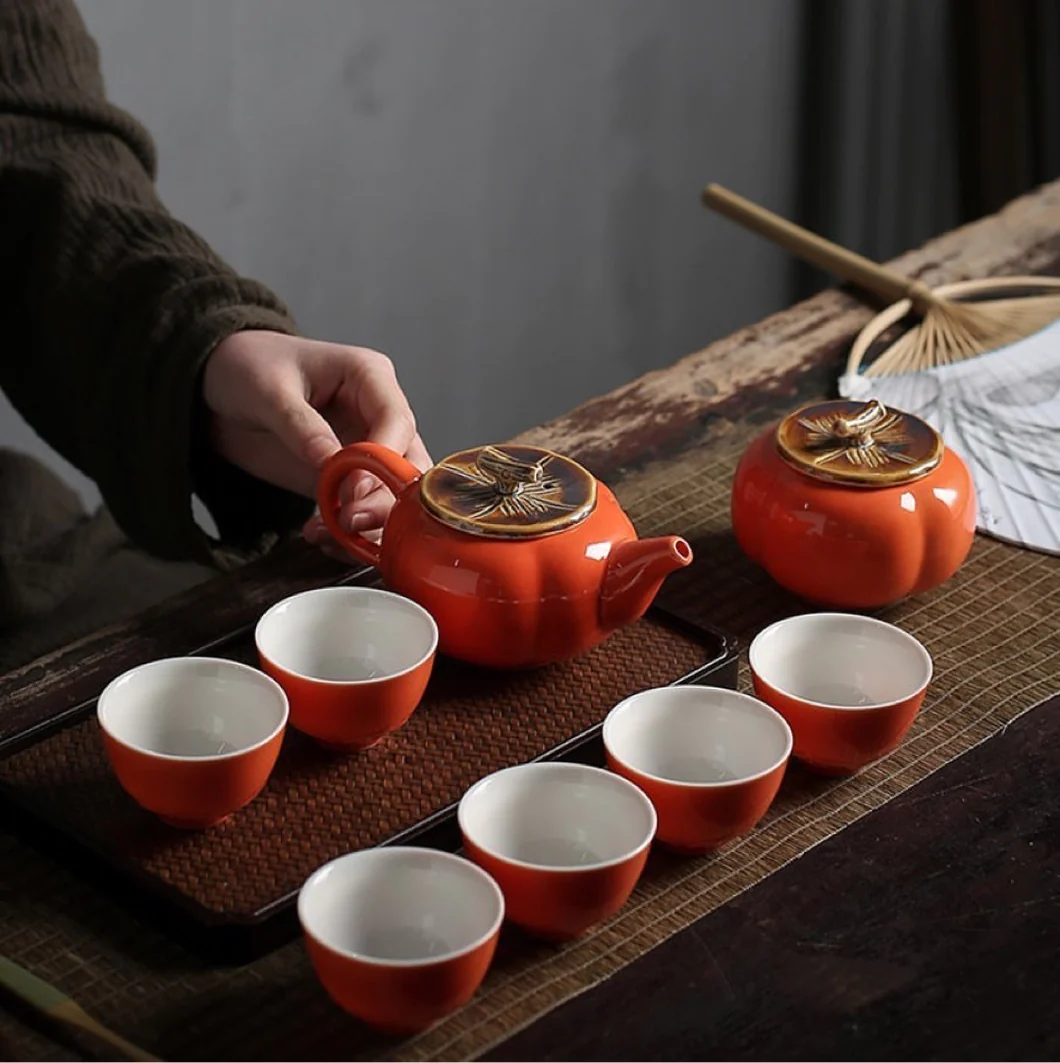The size of Chinese tea cups is rooted in a rich cultural and historical context that has evolved over thousands of years. To understand why Chinese tea cups are small, one must delve into the traditions, rituals, and philosophy surrounding tea in Chinese culture.
This exploration encompasses aspects such as the role of tea in Chinese society, the art of tea preparation, the influence of traditional Chinese medicine, and the impact of Confucianism and Daoism on tea culture.
Historical Origins of Tea in China
Tea cultivation and consumption have a long history in China, dating back to ancient times. The legend of Emperor Shen Nong, often considered the father of Chinese medicine, involves the accidental discovery of tea when tea leaves fell into a pot of boiling water. This tale highlights the medicinal properties of tea, which became an integral part of traditional Chinese medicine.
The Tang Dynasty (618–907 AD) marked a crucial period for the development of tea culture in China. Tea was no longer merely a medicinal beverage but had evolved into a popular social and cultural practice. During this time, tea drinking spread among the elite and became associated with poetry, art, and philosophy.
Traditional Chinese Medicine and Tea
In traditional Chinese medicine, tea is believed to have various health benefits. It is considered to aid digestion, promote mental alertness, and have cooling properties. The small size of Chinese tea cups is influenced by the idea that consuming smaller quantities of tea throughout the day can be more beneficial for health.
Drinking tea in smaller sips allows the drinker to savor the flavors gradually and experience the nuanced changes in taste that occur as the tea cools. This aligns with the principles of traditional Chinese medicine, which emphasizes balance and moderation in all aspects of life.
The Art of Gongfu Cha
The practice of Gongfu Cha, which translates to “making tea with skill” or “making tea with effort,” is a traditional Chinese tea ceremony that involves the preparation and consumption of tea with precision and attention to detail. Gongfu Cha is particularly associated with oolong and pu-erh teas.
In Gongfu Cha, small teapots and teacups are used to brew tea in small quantities, allowing for multiple infusions. The small size of the teacups is integral to this process, as it enables the drinker to appreciate the evolving flavors of the tea with each successive infusion. The focus on small, concentrated servings aligns with the idea of extracting the full essence of the tea leaves.
Influence of Confucianism and Daoism
Confucianism and Daoism, two of the major philosophical traditions in China, have also played a role in shaping tea culture and the size of tea cups. Confucianism, with its emphasis on social harmony, ritual, and etiquette, has contributed to the formalization of tea-drinking ceremonies.
Daoism, on the other hand, encourages a more spontaneous and intuitive approach to life. The Daoist philosophy of appreciating the simple and natural aspects of existence is reflected in the modest size of Chinese tea cups. Drinking tea in small, unadorned cups aligns with the Daoist principle of finding beauty in simplicity and humility.
Social and Cultural Significance
Tea-drinking in China is often a communal activity, fostering social connections and relationships. The small size of the tea cups encourages frequent refilling and sharing of the beverage among friends and family. This communal aspect of tea-drinking is deeply ingrained in Chinese culture, promoting a sense of togetherness and hospitality.
Moreover, the small cups serve as a reminder to drink tea slowly and mindfully, encouraging contemplation and conversation. In a fast-paced world, the act of drinking tea in small sips can be a meditative practice, allowing individuals to pause and appreciate the moment.
Regional Variations
It’s important to note that the size of Chinese tea cups can vary across regions and tea cultures. For example, in the southern provinces of China, where oolong and pu-erh teas are popular, smaller cups are commonly used in Gongfu Cha ceremonies. In contrast, in northern China, where green tea is more prevalent, larger cups may be employed.
The variations in tea cup size are often influenced by local traditions, tea types, and regional preferences. However, the overarching principles of balance, moderation, and mindfulness in tea consumption remain central regardless of regional differences.
Conclusion
The small size of Chinese tea cups is deeply intertwined with the historical, cultural, and philosophical aspects of tea-drinking in China. From the ancient origins of tea as a medicinal beverage to the sophisticated rituals of Gongfu Cha, the size of tea cups reflects a harmonious blend of tradition, philosophy, and aesthetics.
Chinese tea culture is a testament to the enduring significance of tea in daily life, where the act of brewing and consuming tea is imbued with meaning beyond mere hydration. The small size of the cups serves not only practical purposes, such as multiple infusions and communal sharing, but also embodies the principles of balance, moderation, and mindfulness that are integral to Chinese philosophy and traditional medicine.
In essence, the small Chinese tea cup encapsulates a world of cultural richness and depth, inviting individuals to partake in a timeless tradition that continues to evolve while staying deeply rooted in the heritage of the Middle Kingdom.
